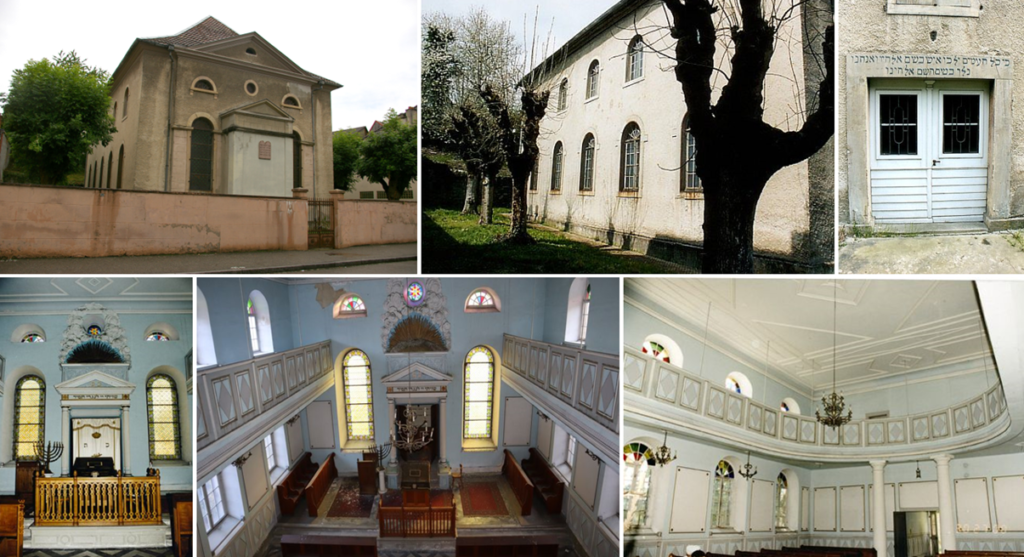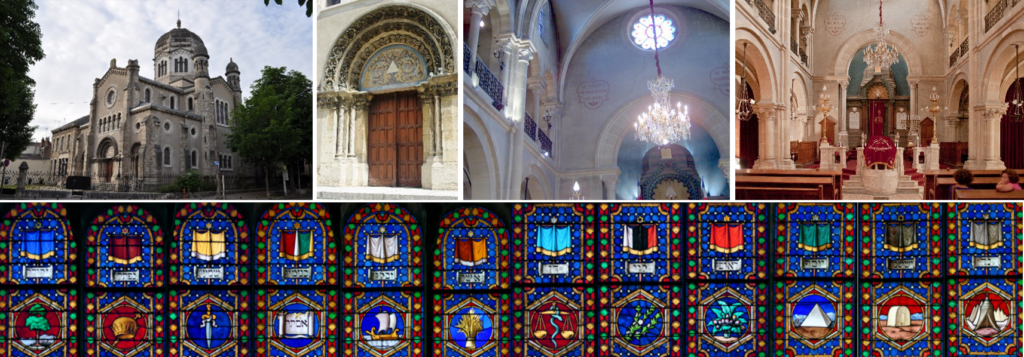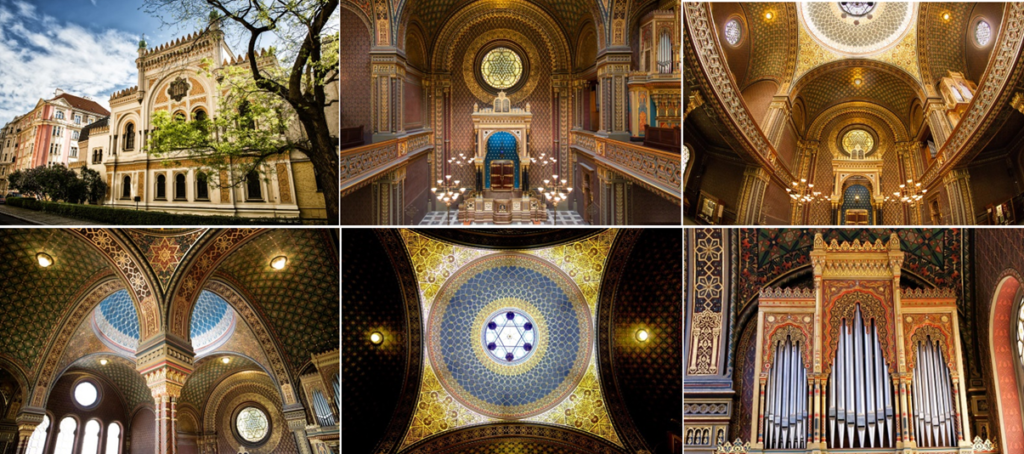
Rosh Chodesh Av
We are entering the month in which dire elements have occurred.
Mas’ei (מסעי – steps), Numbers 33:1-36:13.
א אֵלֶּה מַסְעֵי בְנֵי-יִשְׂרָאֵל, אֲשֶׁר יָצְאוּ מֵאֶרֶץ מִצְרַיִם–לְצִבְאֹתָם: בְּיַד-מֹשֶׁה, וְאַהֲרֹן.
1 This is the steps of the children of Israel, since they came out of the land of Egypt, according to their legions, under the conduct of Moses and Aaron.
The Jewish presence in Alsace is attested from the 12th century. From 1336 to 1339, a movement of poor peasants, the Judenschläger1 reigned terror. But the most terrible time was that of the Black Death (1347-1349) when thousands of Jews were massacred2. The surviving Jews find refuge in the countryside. Alsatian Judaism became rural.
Kembs :
The Jewish community still present at the start of the 20th century disappeared and the synagogue was razed.
Altkirch :
As of 1469, there is no longer a medieval Jewish community in Altkirch3. At the beginning of the XIXth century Altkirch had 8 Jewish families4. In 1834, the construction of the current synagogue began. In 1848, anti-Jewish riots broke out5, the synagogue and Jewish dwellings were badly damaged. Life resumed its course in 1864, Altkirch had a cemetery, a school and a mikveh. In 1870, entire families left the region after the Prussian invasion and emigrated to Algeria.
Built in 1834, the synagogue6 was the place of worship for the Jewish community of Altkirch, until in 2016, the year in which the last Jew in Altkirch died. Transformed into a cinema in 1940, the synagogue was restored in 1946 by the architect Edmond Picard7. Since 2016, there have been no more religious services and the building has been put up for sale8.
The 4th step of the Tour of Alsace 2022 (July 30) connects
Kembs in Altkirch.
1Those who beat the Jews.
2More than 2000 Jews are murdered in Strasbourg , February 14, 1349, the day of Saint Valentine.
3 Emigration to Basel (1365) and to Mulhouse (1410).
4 For comply with the decree of Bayonne, of July 20, 1808, by Napoleon, in which it is said that the Jews of the Empire must adopt a surname and have it registered by a civil registrar of the commune where they are domiciled.
5 Juden Rumpel or Judenrumpell.
6 Listed in the general inventory of cultural heritage.
7 Edmond Picard (1893-1960), son of Abraham Picard and Pauline Schwab, architect, town planner, property developer. A combatant in the French army, he was decorated with the Croix du Combattant Volontaire 1939-1945. He is the grandfather of Dominique-France Picard, wife of Fouad II, the last king of Egypt (1952-1953).
8 Property of the Israelite Consistory of Haut-Rhin.




